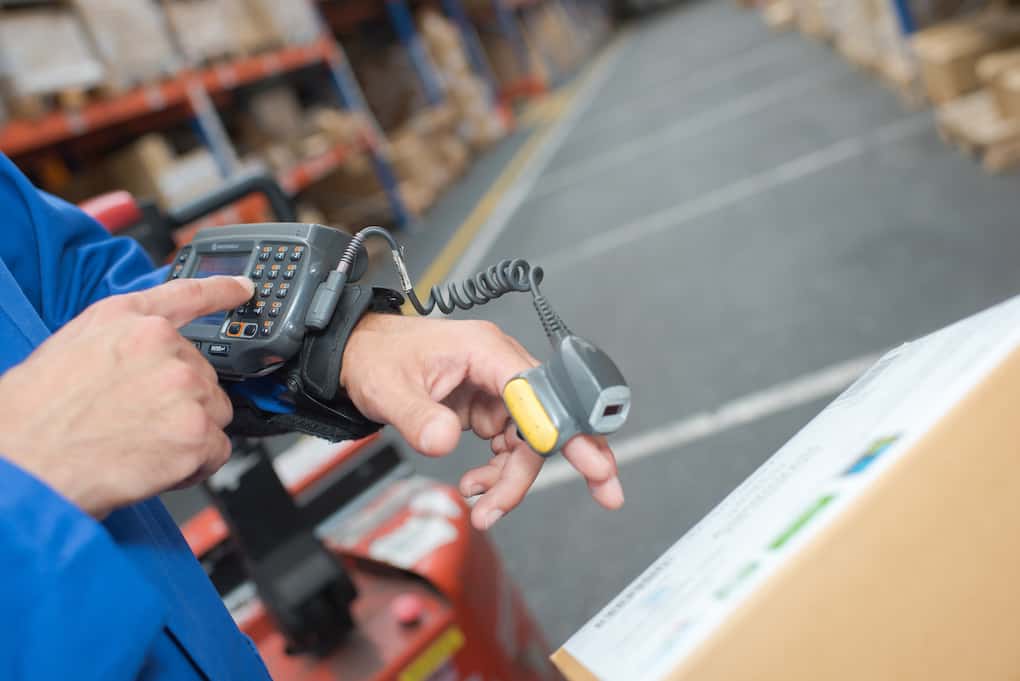Technology is ever-evolving. With each passing day, it proves to be more influential in our lives. However, the rate at which it’s advancing also makes it difficult to predict what to expect. This sentiment is especially evident in industries such as logistics, warehousing, and distribution. Technology will change the way warehouses operate into the future and can help you take your business to the next level.
Smart warehouse technology is going to be very influential throughout 2022 and beyond. A few years back, it was regarded as a far-fetched dream that had just come to reality. It has completely changed the way warehouses do business.
Every warehouse looking to boost ROI must adapt to the fast-changing products in the market. It seems that the most popular products and processes require adopting great warehouse technologies if your warehouse stands to survive and operate successfully in the competitive business world.
Below are some awesome technologies that are changing the warehouse industry’s way of doing business, guaranteeing a good ROI.
14 Warehouse Technology Trends For 2026
1. Automated Picking Tools
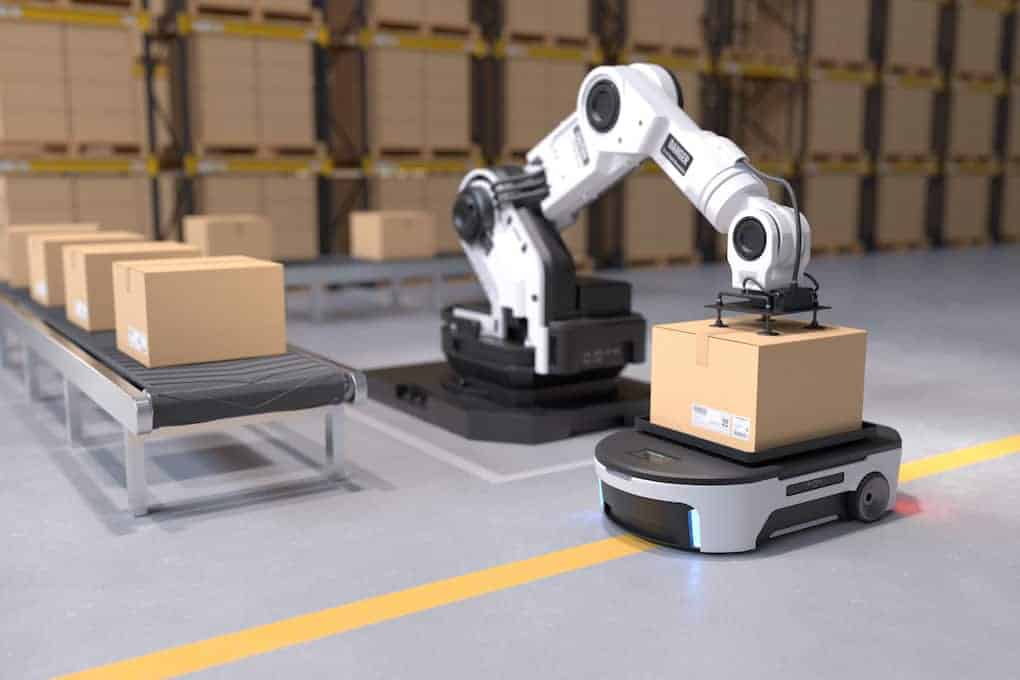
Of all the warehouse activities, picking takes up most of the time. It’s actually one undertaking that accounts for the longest work hours, not to mention requiring more human resources than any other operation in a warehouse.
Then there’s the production time that also eats up plenty of employees’ time as they travel from one product and aisle to another.
Luckily, today there are picking tools that significantly enhance the process, thanks to warehouse technology. Tools such as robots, voice automated order picking, and pick-to-light help reclaim some valuable time humans would otherwise spend doing the picking.
Bringing products to a central location where workers can pick for ordering is beneficial. It makes it pretty easy to distinguish between traveling and picking and overall, it makes operations quicker and minimizes human errors.
2. Automated Guided Vehicles (AGVs)
If there’s one way to boost storage and retrieval operations, it would be integrating AGVs (Automated Guided Vehicles) into your warehouse. Examples of AGVs include pallet carts and forklifts.
As warehouse technology advances, the structural integrity of AGVs also evolves. That’s not to shun the models that have been previously available in the market, but these have been a better alternative that’s safer and quicker in yielding ROI than manual labor.
What’s great about AGVs is that they’re self-guided and perform crucial functions such as rack, pallet, and other container storage. Moreover, AGVs take on functions that automate and control the whole receiving process.
3. Warehouse Management Systems (WMS)
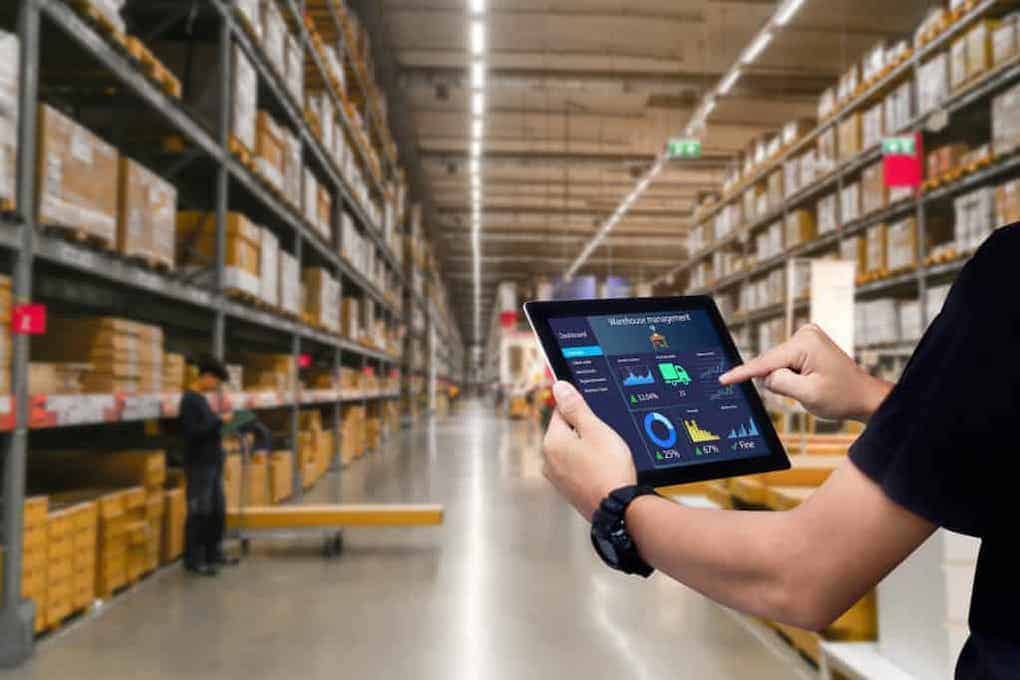
Warehouse Management Systems (WMSs) are software systems that bring all your vital data together in a single platform that you and your internal authorized employees can easily access.
This consolidation of data is essential in making reporting fast, ultimately enabling efficient planning. If well utilized, WMSs can help you achieve efficiency in ways you never envisioned, making it more reliable than you ever imagined. They complement all the other automated elements in a warehouse.
Some benefits of WMS include:
- Enhanced inventory and pick accuracy
- Efficient allocation of labor, saving labor costs
- More accurate demand forecasting
- It saves time on picks
- Improved relations with suppliers
- Boosts warehouse security and safety
- Enhanced responsiveness and flexibility in the warehouse
- Better customer services
4. Automated Inventory Control
Traditional inventory control involves using pen and paper for stocktaking, inventory logging, and cycle counting. If you’re still relying on this method, it’s time to upgrade to an https://www.extensiv.com/extensiv-warehouse-managerautomated inventory control software.
Employing such warehouse technology software in conjunction with other technological elements like asset and inventory tags helps eliminate data inconsistency and transcription errors.
What’s great about most of these technological mainstays is that they can automatically count the inventory and enhance the synthesis of data for fast, accurate, and real-time reporting that’s remotely accessible.
5. Automated Storage & Retrieval Systems (AS/RS)
Automated storage and retrieval systems have been in use for a few years now. They have improved the accuracy of storage and retrieval.
Nonetheless, most warehouse owners and operators consider them clunky, relatively inflexible, and costly.
Today’s automated storage and retrieval systems are more improved with extra benefits, including modular possibilities, fewer labor costs, and improved accuracy.
6. Internet of Things (IoT)

The Internet of Things (IoT) is the magic behind the successful automation of a warehouse. Utmost success is only achievable if many moving parts can communicate with each other 24/7.
For the automated operations to run with the least challenges, AMRs, warehouse management systems, human employees, inventory, and AGVs must work in collaboration. IoT makes this possible.
With this warehouse technology, you can now connect all systems and devices and keep them in sync. At the same time, it allows you to collect important data regarding operations. Smart warehouse CCTV further enhances this by providing real-time surveillance, ensuring security, and offering valuable visual insights into warehouse activities.
How is this helpful? You can see everything easily at a glance, including shipments coming in and leaving and production and inventory levels.
IoT allows you to trace, track, and coordinate all your warehouse operations, helping you achieve maximum efficiency.
7. Collaborative Robots (Cobots)
We’ve discussed the benefits of robotic technologies. However, it’s an undertaking that requires enormous funding, not forgetting the infrastructural changes that implement these fully autonomous elements.
For this reason, not every warehouse can instantly adopt this warehouse technology. Therefore, for most warehouses, the forward is adopting collaborative robots, also known as Cobots.
These are autonomous elements designed to work in collaboration with your staff.
Cobots enable you to keep most of your infrastructural facilities and processes in place while still allowing you to enjoy the many benefits that autonomous elements bring by optimizing workflow.
8. Automated Clinic Machines
With autonomous vehicles, operations in a warehouse have transformed. These vehicles have revolutionized the shipping, receiving, picking, and assembling of products.
Interestingly, automated machines are now also being employed in warehouse cleaning.
Warehouse technology is helping invent robotic cleaners that operate on an AI system. The system guides the robotic cleaner in navigating various warehouse environments, cleaning the floors and surfaces.
What’s amazing is that the machine can still work alongside workers while posing no safety concerns, and with much efficiency. If need be, you can use the automated cleaning machines manually too.
9. Radio Frequency Identification
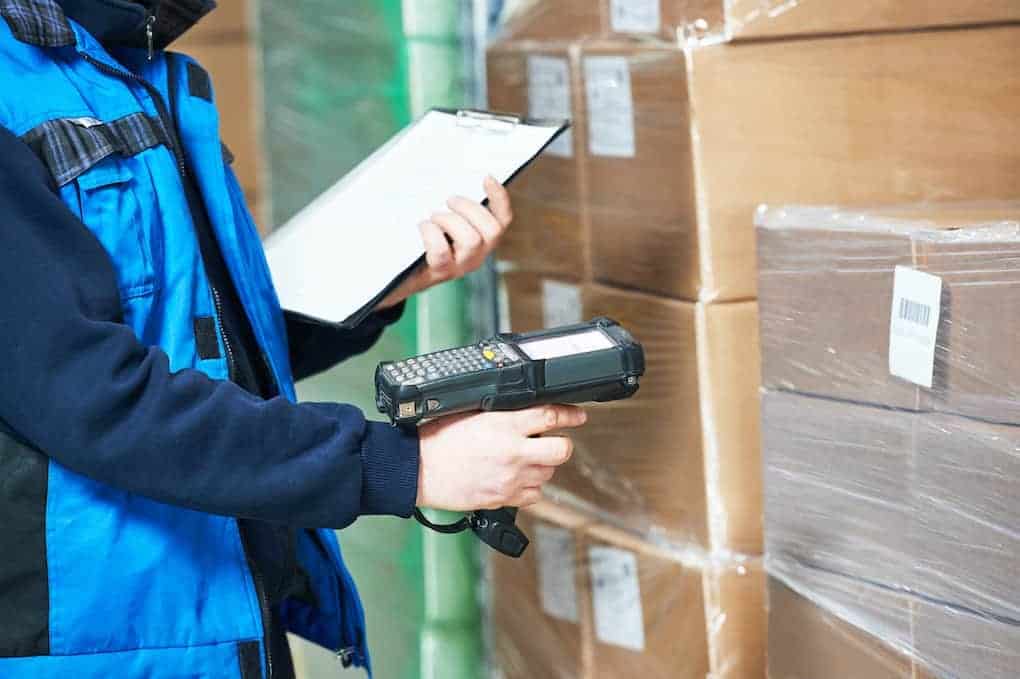
Radio Frequency Identification (RFID) has already established itself as a force to reckon with in the warehousing industry.
How does RFID work? The technology uses radio waves to pass on information between stock-attached tags and readers. The readers’ work is to pick the incoming signals.
Radio Frequency Identification has several benefits, including greater visibility and transparency of stock, theft reduction, and simplification of inventory.
10. On-Demand Warehousing
On-demand warehousing is an uberization of warehousing. It’s an emerging technological advancement by which you can buy a warehousing space and service via an online platform.
This new warehousing method provides more flexibility in terms of choice of location, supplier, and cost. For example, it can provide a partial replacement when it’s necessary to shift to a new warehousing location or an alternative to being a warehouse owner.
However, you should note that on-demand warehousing has its downside. It exposes you to the ever-changing market prices for space and services. The rates fluctuate depending on location, with areas near airports, ports, major urban centers and roads, and rail spurs seemingly overpriced.
11. Electronic Data Interchange (EDI) Communication
It’s inevitable that big data will soon get into warehousing, a trend EDI will keep advancing.
Electronic Data Interchange technology makes it easy to share documents between two computer systems in a certain format. The warehousing industry is already implementing the technology, and it will only keep expanding.
You can use EDI in the warehousing sector for the following:
- Warehouse purchase orders
- Stock transfer receipts
- Inventory advice
- Shipping orders
- Warehouse transfer of stock receipts
When you integrate Electronic Data Interchange with a warehouse management system, you reap plenty of benefits, including reduced costs, paperless system, and enhanced accuracy. One thing is for sure; you’ll realize a smooth flow of information between two different systems.
Business partners have varying computer systems. EDI documents feature compatibility and a standard format that increases visibility, efficiency, and collaboration between various parties, allowing for a smooth flow of operations.
12. Voice-Activated Technologies
Working in a warehouse requires the use of your hands. You are probably multi-tasking as you:
- Load a truck
- Scan items in
- Pick
- Pack
- Ship
Utilizing voice-activated technologies can free up employees’ hands to be more productive and stay organized and un-distracted.
Plus, voice-activated technologies have become incredibly more accurate. You no longer need to speak loudly and enunciate as much as in the past. It is sensitive enough to pick up your regular speaking voice, which makes things even easier.
13. 3D Printing
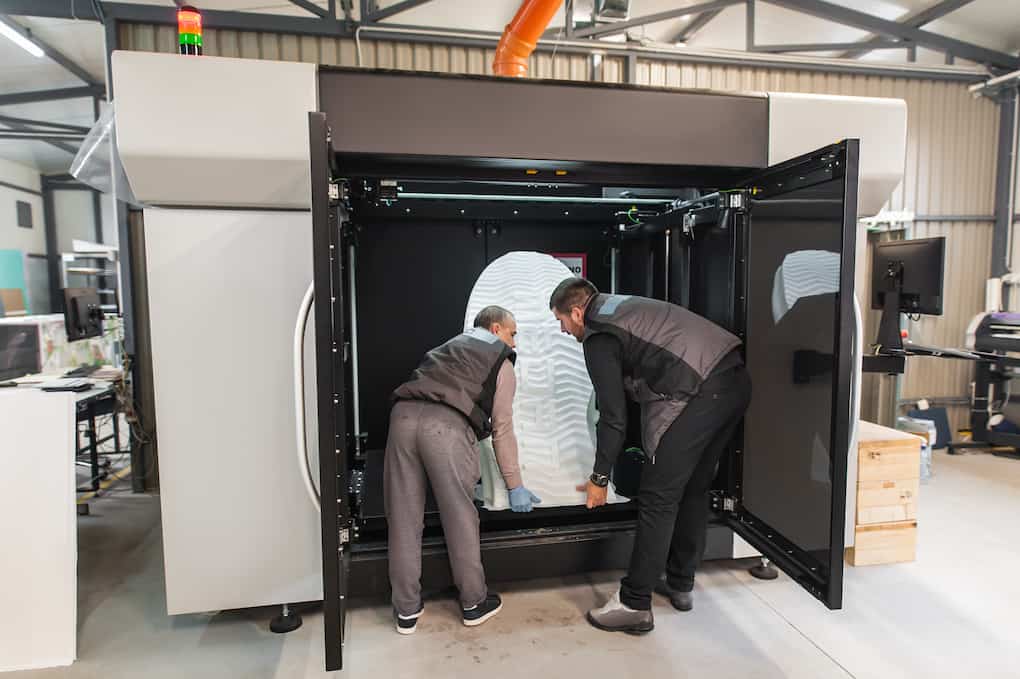
3D printing is not exactly brand new and has been around for a few years now. It is able to use the 3rd dimension to build a particular item. A popular use for them has been for building replacement parts that are made from simple materials, but as the printers have improved, they have been able to expand their applications.
A majority of organizations will use 3D printing for small and specialized projects but is becoming an increasingly important tool for larger-scale projects.
It is a powerful tool for manufacturers that are in a position to take full advantage of manufacturing according to the needs of the operation.
14. Artificial Intelligence / Machine Learning
Artificial intelligence and machine learning continue to grow and thrive in many industries, especially logistics and warehouse technologies. The use of AI means you can program the machines to do a task repeatedly, and machine learning means they learn from experience, and their processes can change. Machine learning is incredibly advanced, and because the machine “learns” how to do the job more effectively, it can increase productivity and continuously improve processes over time.
Finding some way to regularly use AI within your warehouse management system isn’t as difficult as you think. Many AI solutions are incorporated into warehouse management systems, supply chain management, retrieval systems, and automated guided vehicles.
Using Technology In Your Warehouse
You start with a single step and then take the rest one at a time. This same logic applies to introducing warehouse technology. You don’t necessarily have to undergo a complete overhaul of your warehouse to transform it into a more efficient and smarter one. On the contrary, you only need to bring in those technologies that contribute to your business success by boosting your ROI.
If you can adopt the technologies discussed in this article, you’ll realize that contrary to many people’s thinking; any warehouse can become “smart.”
The technologies may be costly or difficult to undertake due to the infrastructural changes they come along with, but the benefits are worth the investment and effort. Just make sure you’re not left behind as other businesses keep up to date with the current warehouse technology.
Extensiv Warehouse Manager Software is one tool that can help you keep up with technology and your ever-growing inventory counts. Through the use of intuitive tools, you’ll be able to track inventory, manage employees, and create clean workflows. Reach out to us for a free demo or more information!
-
You’ll read about:
Be the first to know
Subscribe to our newsletter
